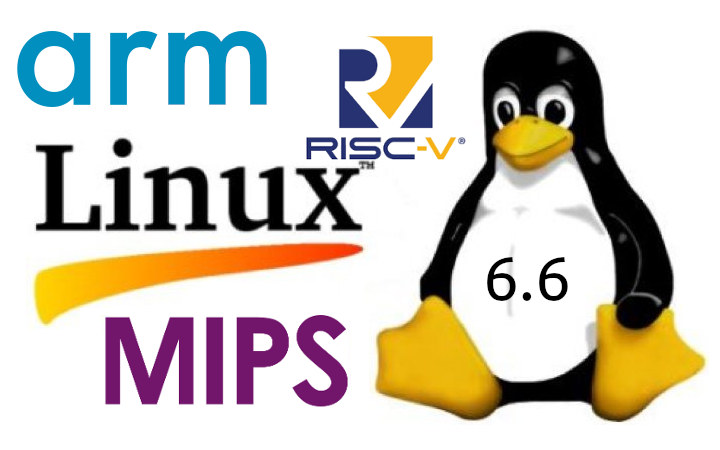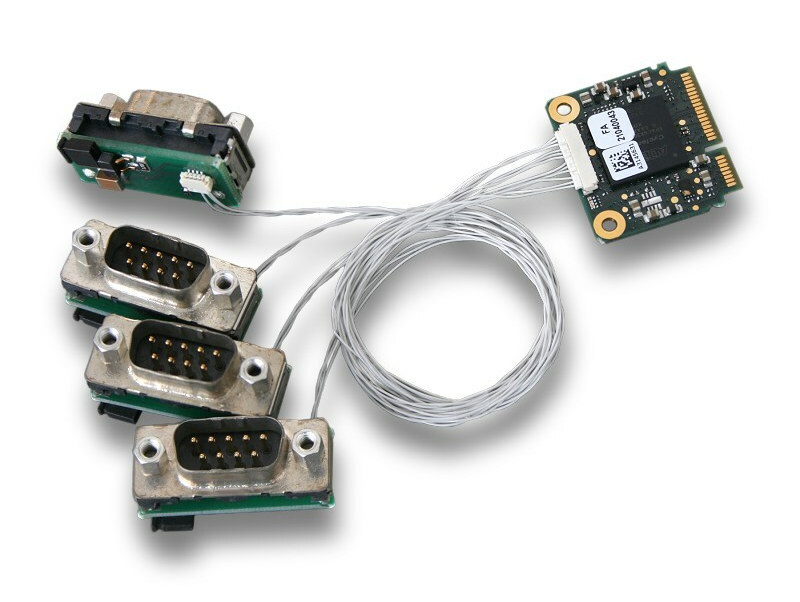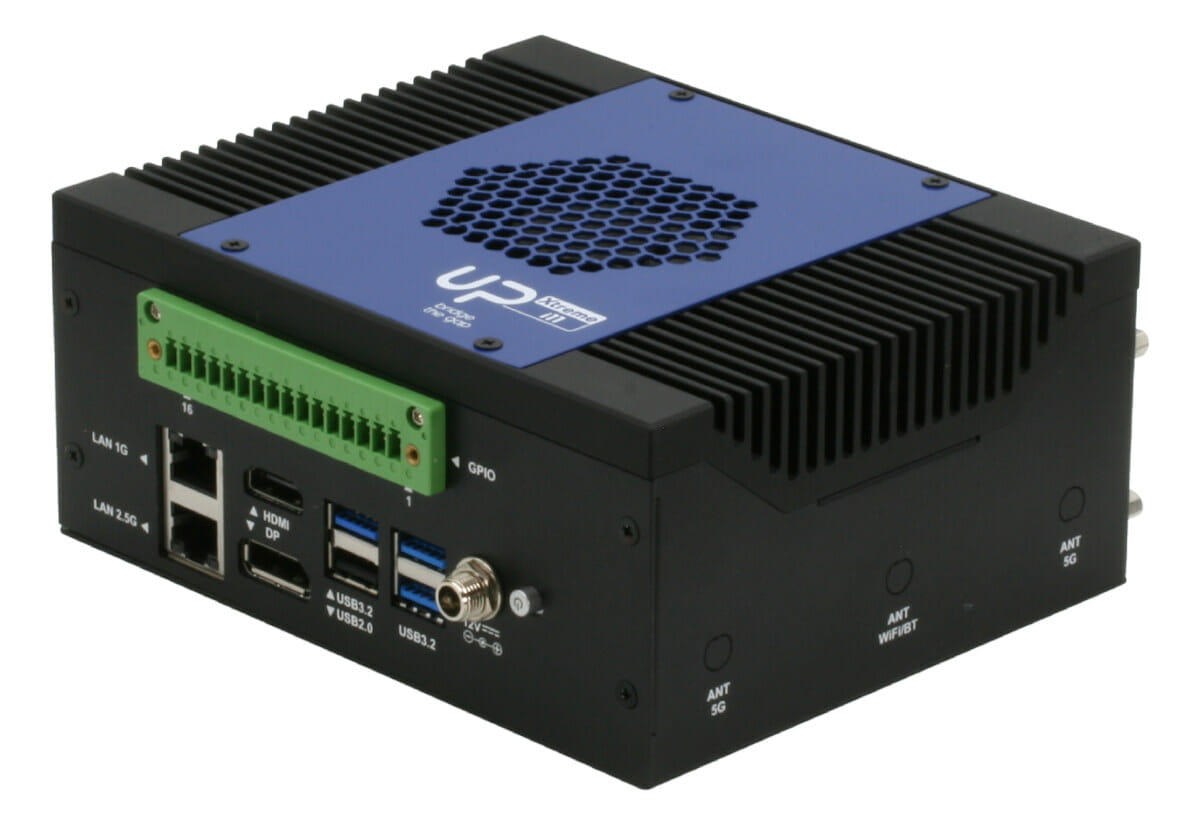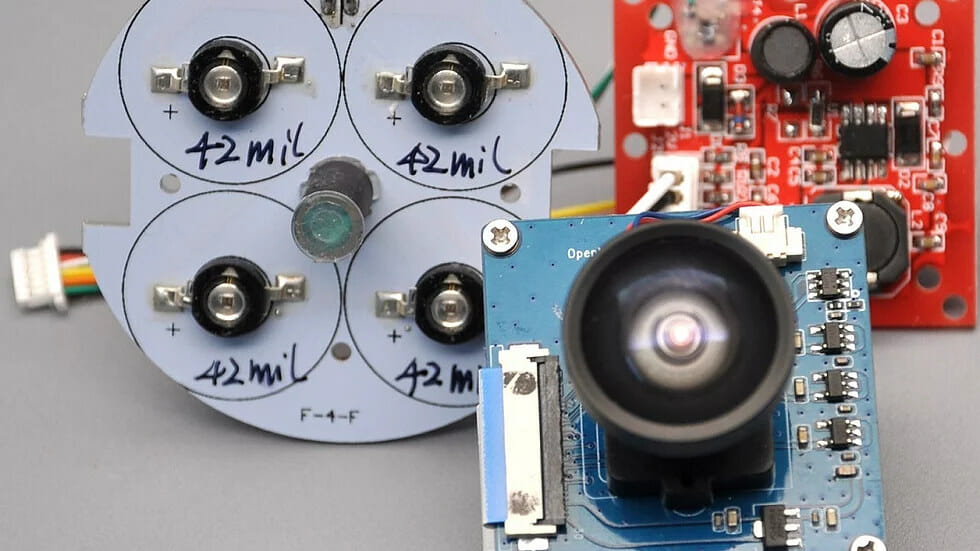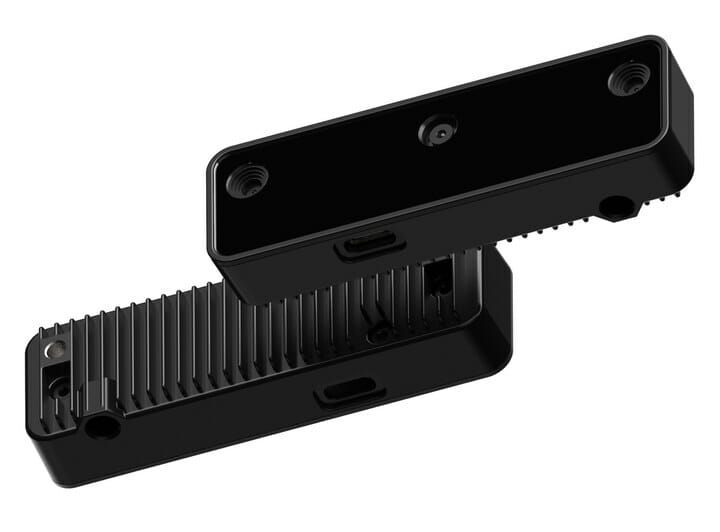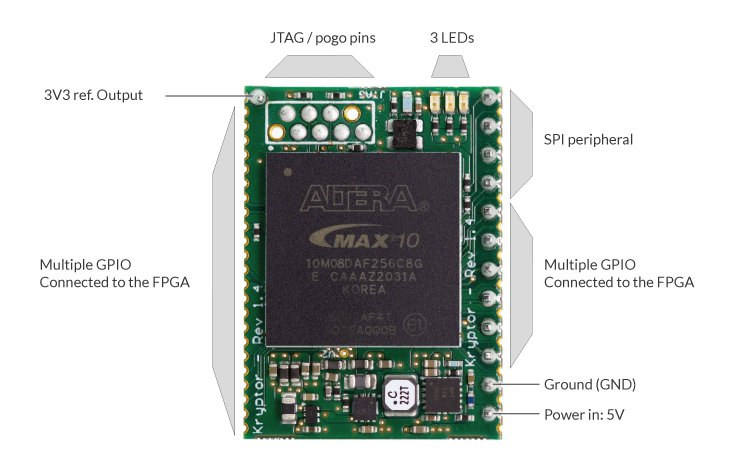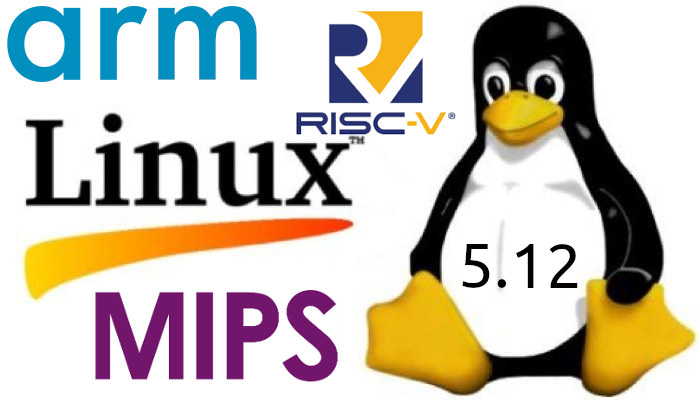The Linux 6.6 release has just been announced by Linus Torvalds on the Linux Kernel Mailing List (LKML): So this last week has been pretty calm, and I have absolutely no excuses to delay the v6.6 release any more, so here it is. There’s a random smattering of fixes all over, and apart from some bigger fixes to the r8152 driver, it’s all fairly small. Below is the shortlog for last week for anybody who really wants to get a flavor of the details. It’s short enough to scroll through. This obviously means that the merge window for 6.7 opens tomorrow, and I appreciate how many early pull requests I have lined up, with 40+ ready to go. That will make it a bit easier for me to deal with it, since I’ll be on the road for the first week of the merge window. Linus About two months ago, […]
Half-size mini PCIe card adds up to 4 CAN FD interfaces to embedded systems
esd electronics CAN-PCIeMiniHS/402 is a half-size mini PCIe card with four CAN FD Interfaces designed for embedded systems with one model adding extended temperature range support from -40C to 85°C. The company also introduced the CAN-Mini/402-4-DSUB9-150mm adapter to more easily connect the four CAN network interfaces via DSUB9 connectors. It comes with four individual small adapter boards, each equipped with a DSUB9 plug and a jumper for selectable onboard CAN termination, as well as 150 mm long wires. CAN-PCIeMiniHS/402 highlights: 4x CAN FD interfaces according to ISO 11898-2, no galvanic isolation, bit rates from 10 Kbit/s up to 8 Mbit/s Bus mastering and local data management by FPGA (Intel Cyclone IV EP4CGX) PCIe Mini interface according to Mini Card Electromechanical Spec. R1.2 Supports MSI (Message Signaled Interrupts) HW-Timestamp capable Dimensions – 30 mm x 27 mm (Half-size mini PCIe form factor) Temperature Range Standard – 0°C … +75°C Extended range: […]
Luxonis OAK-D series 2 USB and PoE cameras integrate 3D depth and AI for robotics applications
Luxonis OAK-D Series 2 are the second-generation of USB or PoE cameras with 3D depth and a built-in AI accelerator mostly used for computer vision in robotics applications. We first wrote about Luxonis’ DepthAI module for Raspberry Pi based on the Intel Myriad X AI accelerator in 2019, and later found the module integrated into OpenCV AI Kit Lite, aka OAK-D Lite camera. The second-generation OAK-D cameras replace the module with a Robotics Vision Core 2 (RVC2) “chip-down design” equipped an SoC and Myriad X AI accelerator for up to 4 TOPS of processing power, including 1.4 TOPS for AI inference. Luxonis OAK-D Series 2 specifications and features: Robotics Vision Core 2 based on Myriad X AI accelerator 4 TOPS of processing power (1.4 TOPS for AI) Video encoding – H.264, H.265, MJPEG @ 4Kp3, 1080p60 Computer vision – Warp/dewarp, resize, crop via ImageManip node, edge detection, feature tracking, custom […]
UP Xtreme i11 Edge Compute Enabling Kit supports 5G, WiFi 6, Myriad X AI accelerator cards
UP! Bridge the Gap, a brand belonging to AAEON Technology, has started taking pre-orders for the UP Xtreme i11 Edge Compute Enabling Kit, a mini PC based on the UP Xtreme i11 Edge Tiger Lake SBC that was first introduced last year, and formally launched last month. The mini PC is offered with Celeron 6305E up to Intel Core i7-1185GRE processor, optional DDR4 and SSD, M.2 sockets for 5G, WiFi 6, or an AI accelerator card based on Movidius Myriad X VPU., serial ports, as well as a Phoenix terminal connector to access some of the GPIOs. UP Xtreme i11 Edge Compute Enabling Kit specifications: Tiger Lake “E”/”GRE” SoC (one or the other) Intel Core i7-1185G7GRE quad-core/8-thread processor @ up to 4.4 GHz with 96 EU Intel Iris Xe Graphics; up to 28W TDP (cTDP 15W) Intel Core i5-1145G7GRE quad-core/8-thread processor @ up to 4.1 GHz with 80 EU Intel […]
OpenNCC Nighthawk – A face blurring AI camera based on Myriad X VPU
We’ve just written about OpenCV Ai Kit Lite computer vision camera based on Intel Myriad X VPU, and OpenNCC Nighthawk is another such programmable camera based on the Intel AI accelerator, but with an IR filter for night vision, and working with OpenNCC-SDK notably supporting real-time face blurring for enhanced privacy. OpenNCC Nighthawk specifications: VPU – Intel Movidius Myriad X MA2085 up to 4 TOPS RAM – 8 Gbits (1GB) LPDDR4 Camera 2MP camera up to 1920 x 1080 @ up to 30fps ~114° Field of View (DFOV) 2.2mm focal length Lens TTL (through the lense) – 24mm Mount – M12 x 0.5mm thread size Day&Night IR Filter – Solenoid excitation type, automatically switch between 0.1~2 lux IR LED – 850nm up to 5m Output Data format – YUV420, YUV422, MJPG, H.264 Misc – Reset, GPIO Host Interface – USB 3.1 TYPE-C port Temperature Range – 0°- 50° The camera […]
OpenCV AI Kit Lite – A compact 4K Tri-camera kit for computer vision applications (Crowdfunding)
The OpenCV AI Kit “OAK-D” now has a little brother with the OpenCV AI Kit Lite equipped with the same Intel Myriad X-based DepthAI solution with three cameras, but in a much compact form factor and a price slashed to as low as $79 and up. Like its predecessor, the OpenCV AI Kit leverage the Myriad X AI accelerator’s capabilities to provide a wide range of real-time computer vision applications, and can be programmed with C++ or Python APIs, as well as graphical user interfaces. OpenCV AI Kit Lite (OAK-D Lite) specifications: Intel Myriad X-based DepthAI with 4 TOPS of AI performance Cameras (made by ArduCam) Color Camera IMX214 (PLCC) with 4208×3120 resolution, 1.348:1 aspect ratio 1/3.1 inch Lens size 81.3 degrees DFOV Focus range 8cm – ∞ Stereo Camera specifications: Omnivision OV07251-G04A-1E (COB) with 640 x 480 resolution, 1.333:1 aspect ratio 1/7.5 inch lens size DFOV: 85.6,HFOV: 72.9, VFOV: […]
Kryptor FPGA – Tiny MAX10 FPGA board works as a hardware security module (Crowdfunding)
Kryptor FPGA, sometimes just called Kryptor, is a compact Intel/Altera MAX10 FPGA development board mostly designed for encryption, and acting as a dedicated Hardware Security Module (HSM) with a custom soft-core from Skudo OÜ. But obviously, you could also use the FPGA board for other purposes. Hardware encryption can be quite more secure than software-based encryption with reduced attack surfaces, especially since data processing can be done in the FPGA RAM. The HSM can be used to encrypt files, videos, emails, IoT messages, etc… from various hardware platforms including Arduino and Raspberry Pi boards. Contrary to closed-sourced commercial solutions, the soft-core is open-source and as such can be verified by third parties to make sure there aren’t any backdoors or security flaws. Kryptor FPGA specifications: FPGA – Intel/Altera MAX10 8K LE ( 10M08DAF256C8G) FPGA @ 100 MHz with 8000 logic elements (LE), 1376 Kb flash, 378 Kb total RAM, up […]
Linux 5.12 – Main Changes, Arm, MIPS and RISC-V Architectures
Linux 5.12 release was expected last Sunday, but Linus Torvalds decided to release one more release candidate, namely Linux 5.12-RC8, to “make sure things are all settled down“, so the latest Linux kernel is now expected this weekend. Tihs should not yield any significant changes, so we can check what’s new in Linux 5.12, notably with regards to Arm, MIPS, and RISC-V architectures often used in SoC’s found in embedded systems. Around two months ago, the release of Linux 5.11 added support for Intel’s software guard extensions (SGX) and Platform Monitoring Technology (PMT), AMD “Van Gogh” and “Dimgrey cavefish” graphics processors, MIPI I3C host controller interfaces, and much more. Some interesting changes in Linux 5.12 include: Added support for ACRN hypervisor designed for IoT & embedded devices Added support for Playstation DualSense & Nintendo 64 game controllers, as well as Nintendo 64 data cartridges Dynamic thermal power management via a […]


